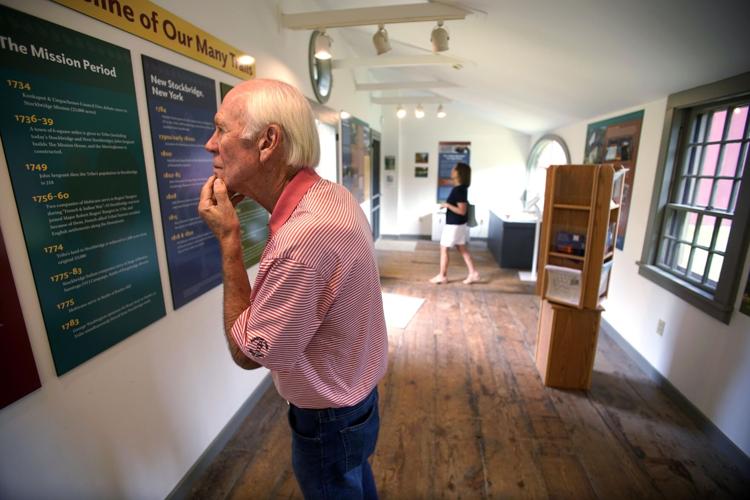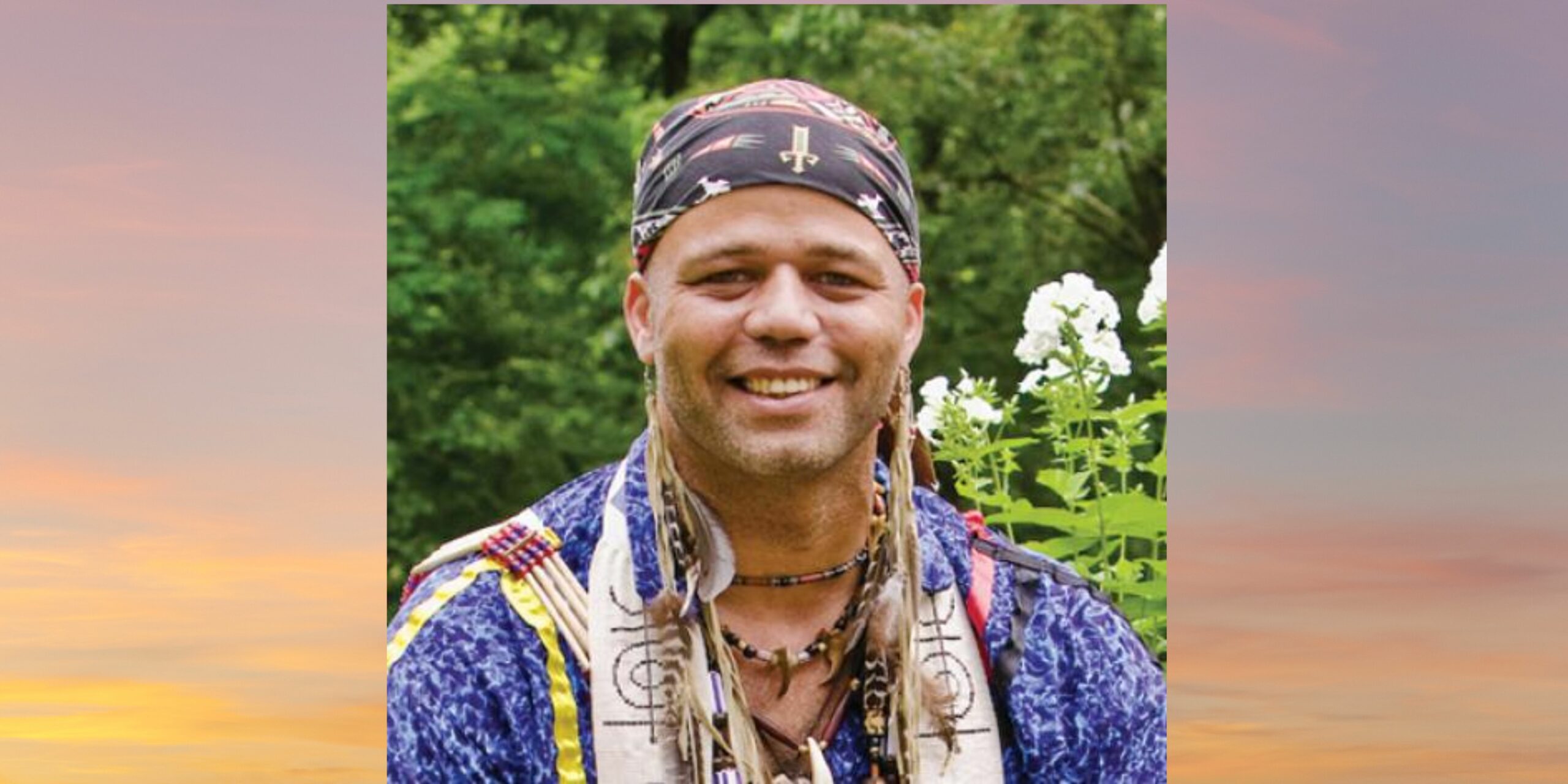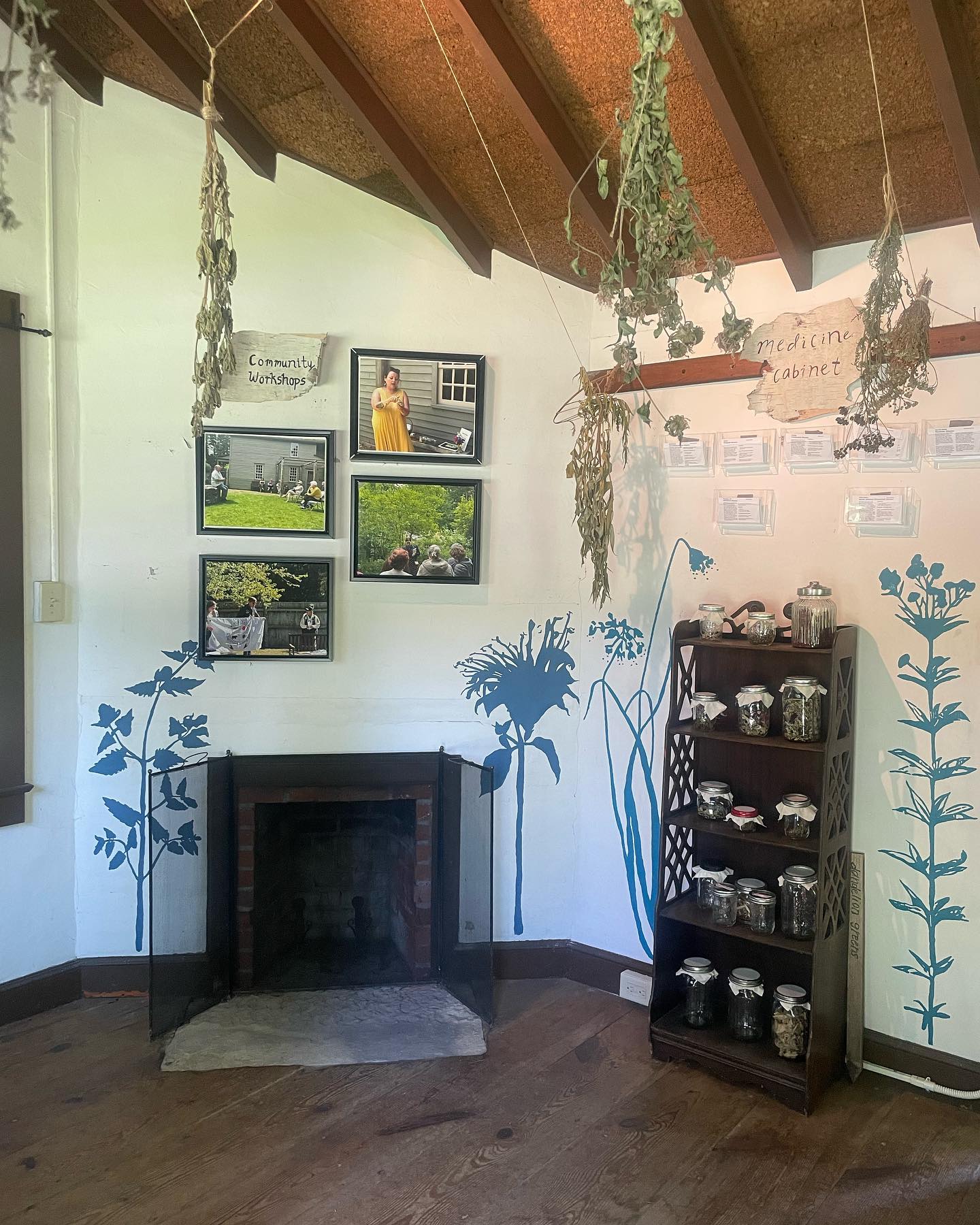
Bowler, Wisconsin – From the ancestral lands of the Hudson River Valley to the forests of present-day Wisconsin, the journey of the Mohican people is a testament to resilience, adaptation, and an enduring spirit. Today, the Stockbridge-Munsee Community Band of Mohican Indians, a federally recognized sovereign nation, actively safeguards this profound heritage not merely in memory, but through a vibrant, living institution: the Stockbridge-Munsee Mohican Cultural Center and Museum. This facility stands as a crucial bulwark against historical erasure, a beacon of identity, and a profound educational resource, ensuring that the Mohican story is told by Mohicans, for Mohicans, and for all who seek understanding.
The Mohican Cultural Center and Museum, nestled within the Stockbridge-Munsee reservation in Shawano County, Wisconsin, is far more than a repository of artifacts. It is a dynamic hub for cultural revitalization, language preservation, and historical interpretation. Its primary mission is to collect, preserve, and interpret the history, culture, and traditions of the Mohican people, particularly the Stockbridge-Munsee Community. This encompasses their pre-contact lifeways, their complex interactions with European settlers, the arduous forced migrations, and their present-day struggles and triumphs as a self-governing nation.
The historical trajectory of the Mohican people, or Muh-he-con-neok – "People of the Waters That Are Never Still" – is one marked by profound upheaval and unwavering determination. Their original homelands spanned the vast Hudson River Valley, extending into western Massachusetts and Vermont. They were among the first Indigenous nations in North America to encounter Dutch and English colonizers, a meeting that irrevocably altered their societal fabric. Decades of land encroachment, disease, and shifting political alliances forced them from their ancestral territories. They migrated eastward to Stockbridge, Massachusetts, where they became known as the Stockbridge Indians, then westward to Oneida, New York, and finally, through a series of forced removals and land cessions, to their present reservation in Wisconsin in the 1830s. Each move brought immense hardship, yet their identity, though challenged, never fractured. The museum vividly recounts this epic journey, detailing the profound spiritual and physical toll, but also highlighting the extraordinary fortitude required to maintain their cultural essence.
Within the museum’s walls, visitors encounter exhibits that meticulously reconstruct various facets of Mohican life. Displays on traditional hunting, fishing, and gathering practices illustrate a deep, symbiotic relationship with the land and its resources. Recreations of traditional dwellings, tools, and clothing offer tangible connections to their ancestors’ daily routines. Crucially, the museum does not shy away from the difficult chapters of Mohican history. Exhibits addressing the impact of European contact – the introduction of new diseases, the pressures of the fur trade, the betrayal of treaties, and the systematic dispossession of land – are presented with unflinching honesty. These narratives are not merely academic; they are deeply personal, reflecting centuries of injustice and resilience.
One of the most compelling aspects of the Cultural Center is its dedication to language revitalization. The Mohican language, a dialect of the Algonquian Unami-Delaware language, faced near extinction. Through grants, community initiatives, and the tireless work of tribal elders and linguists, the museum supports programs aimed at teaching the language to younger generations. Language is not just a means of communication; it is a direct conduit to cultural understanding, carrying embedded wisdom, worldviews, and unique expressions of identity. The center hosts language classes, develops educational materials, and records oral histories, ensuring that the ancient cadences of Mohican speech resonate into the future. "Our language carries the spirit of our ancestors," explains a tribal elder, "When we speak Mohican, we are not just using words; we are invoking generations of our people."
The museum also serves as a vital platform for correcting historical inaccuracies and challenging prevailing stereotypes. The romanticized, often misinformed, portrayal of Native Americans in popular culture, such as James Fenimore Cooper’s "The Last of theicans," has created enduring misconceptions. While Cooper’s novel popularized the name "Mohican," it significantly distorted their history and fate. The Stockbridge-Munsee Cultural Center directly confronts these myths, offering authentic narratives grounded in primary sources and oral traditions. It educates visitors that the Mohican people are not a vanished race but a vibrant, living nation, thriving in the present day. This act of self-representation is critical for sovereignty and self-determination.

Beyond static displays, the Cultural Center actively engages the community through a variety of programs. Educational workshops for tribal youth, focusing on traditional arts like basket weaving, beadwork, and storytelling, foster a sense of pride and continuity. Cultural celebrations and ceremonies, often held on the museum grounds, reinforce communal bonds and share Mohican traditions with a broader audience. These events transform the museum from a passive viewing space into an active participant in cultural life, a place where traditions are not just preserved but practiced and passed on.
The Stockbridge-Munsee Community has also been at the forefront of efforts to repatriate ancestral remains and sacred objects under the Native American Graves Protection and Repatriation Act (NAGPRA). The Cultural Center plays a pivotal role in this process, working with museums and institutions across the country to reclaim items that rightfully belong to the tribe. This ongoing work is not merely about ownership; it is about spiritual healing, restoring dignity to ancestors, and ensuring that sacred objects are cared for in culturally appropriate ways. The repatriation of a wampum belt, for example, is not just the return of an artifact; it is the return of a living historical document, a mnemonic device that embodies treaties, agreements, and the collective memory of the Mohican people.
The challenges of maintaining and expanding such a vital institution are considerable. Funding, staffing, and the continuous acquisition and preservation of sensitive materials demand constant effort. Yet, the commitment of the Stockbridge-Munsee Community remains unwavering. The museum is a testament to their enduring spirit, a physical manifestation of their identity and their determination to shape their own future. It reminds visitors that Indigenous history is not relegated to the past but is a dynamic, evolving narrative that continues to unfold.
In essence, the Stockbridge-Munsee Mohican Cultural Center and Museum is a profoundly significant institution. It is a sanctuary for heritage, a classroom for understanding, and a vibrant heart for a resilient people. It teaches that to truly comprehend the Mohican experience is to understand not just their ancient past, but their vibrant present and their self-determined future. Through its exhibits, language programs, and community engagement, the museum ensures that the "People of the Waters That Are Never Still" continue to flow, strong and unbroken, through the currents of time.



